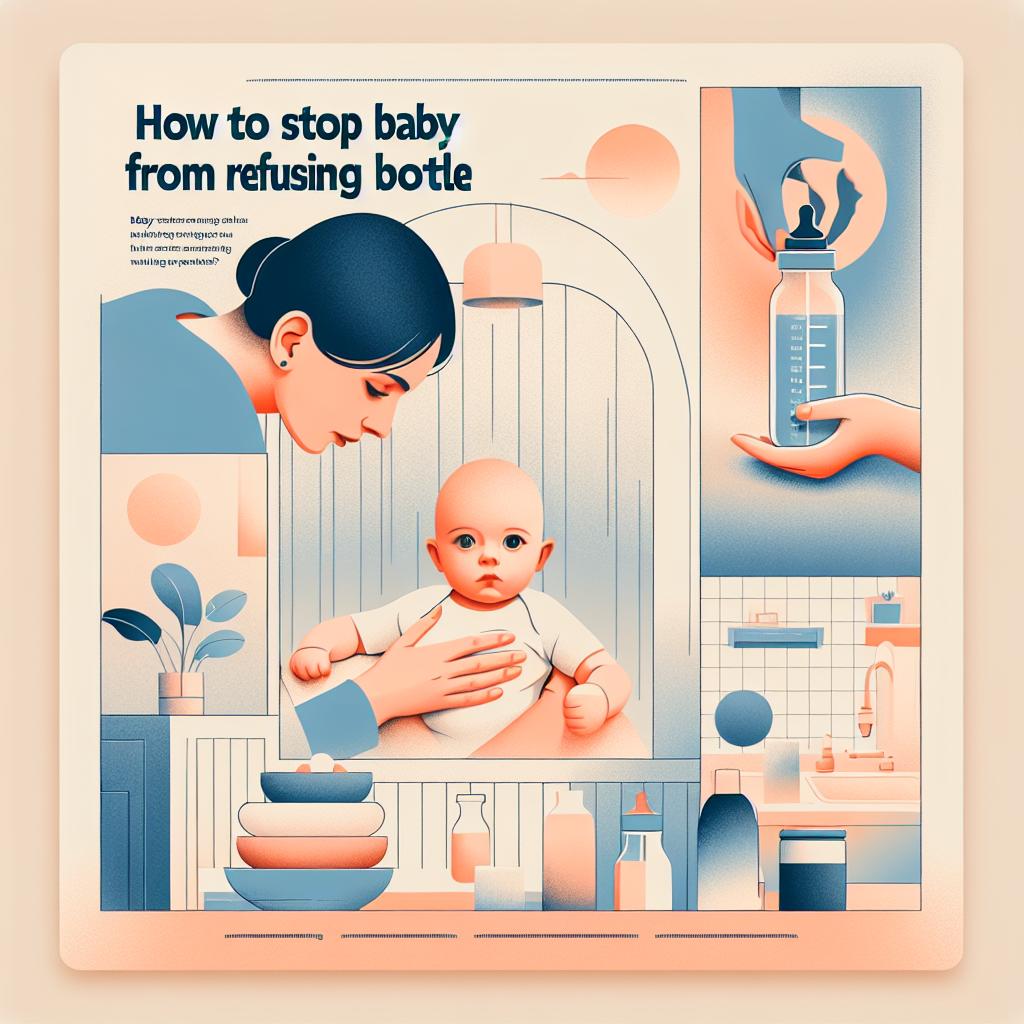Avoiding Nipple Confusion: A Comprehensive Guide
Unraveling the often confusing world of infant feeding, one of the common concerns that surface is nipple confusion. But what is nipple confusion? We will dive into the details, exploring what it is, how it occurs, and crucially, the strategies for avoiding nipple confusion.
Understanding Nipple Confusion
Nipple confusion refers to a situation where a breastfed baby has difficulty adjusting back to the breast after being bottle-fed or using a pacifier. This can make feeding times stressful for both the baby and the parent. It’s worth noting that not all infants experience this, but it is a potential problem that can arise. To arm you with knowledge, let’s go deeper into this subject, observe the reasons for nipple confusion, and discover how to prevent nipple confusion.
Can Nipple Confusion Happen?
Yes, it can. WebMD confirms that nipple confusion can occur when babies get used to bottle feeding or pacifiers and struggle to latch onto the breast. This is mainly because the feeding techniques for breastfeeding and bottle-feeding are significantly different.
While breastfeeding requires active sucking and a wide mouth latch, bottle feeding can be more passive, with the milk often flowing without much effort from the baby. This difference can cause the baby to prefer the easier feeding method leading to what is popularly referred to as nipple confusion.
How to Prevent Nipple Confusion
Preventing nipple confusion is achievable. Here are some practical steps you can take:
- Establish breastfeeding first: According to Healthline, breastfeeding should ideally be well established before introducing a bottle to the baby. This usually takes about 3-4 weeks.
- Opt for a slow-flow nipple: When your baby is ready for the bottle, opting for a slow-flow nipple can mimic the effort required in breastfeeding, helping to avoid nipple confusion.
- Select a biomimetic bottle: A biomimetic bottle mimics the natural breastfeeding experience. It can help ensure no nipple confusion occurs when alternating between breastfeeding and bottle feeding.
Overcoming Nipple Confusion
If nipple confusion has occurred, don’t despair. These tips can help you get things back on track:
- Seek professional help: Lactation consultants can provide invaluable guidance and support. They come equipped with various techniques and strategies to help your baby relearn correct latching and sucking techniques.
- Patience and persistence: According to a La Leche League article, patience, and persistence are key when dealing with nipple confusion. It may take some time, but with consistent effort, your baby can relearn to breastfeed effectively.
- Reintroducing the breast: Start with skin-to-skin contact to encourage your baby to naturally find the breast. Offering the breast when your baby is relaxed or sleepy can also be helpful.
Paving the way for a smooth breastfeeding journey involves arming ourselves with relevant knowledge and remaining adaptable. Understanding the concept of nipple confusion and being prepared with proactive strategies can make this journey less stressful and more enjoyable for you and your baby.
Alternate Between Breastfeeding and Bottle Feeding
A La Leche League International article suggests that alternating between breastfeeding and bottle feeding can prevent nipple confusion. This method allows your baby to become familiar with both techniques, reducing the likelihood of a preference being formed. However, it’s crucial to remember that you should establish breastfeeding first before introducing bottle feeding.
Consider the Role of Pacifiers
Pacifiers can be another cause of nipple confusion. An infant’s desire to suckle is satisfied, at least momentarily, by the pacifier, which may make them less eager or even resistant to returning to the breast. According to BIBS, it is suggested that you wait until breastfeeding is well established, ideally after the first month, before introducing a pacifier to your baby.
Bottle Feeding Techniques to Mitigate Nipple Confusion
How you bottle feed your infant can also influence the likelihood of nipple confusion happening. Several techniques can be employed to make bottle feeding more similar to breastfeeding. Dr. Brown’s advices are as follows:
- Position the bottle correctly: Indicate the bottle in a way that obliges your baby to use the same muscles they would while breastfeeding. This involves positioning the bottle parallel to the floor and ensuring the nipple is full of milk to reduce any air intake.
- Adjust feeding rhythm: Try to replicate the pace and intervals of a typical breastfeeding session, allowing pauses for your baby to relax and breathe.
- Switch sides: This helps your baby get used to different latching angles, similar to the experience of breastfeeding.
Treatment for Severe Nipple Confusion
If your baby has developed nipple confusion to the point where they are refusing the breast, it may be necessary to take more drastic measures. Happiest Baby states that in those circumstances, you might need to stop bottle feeding and pacifier use altogether, returning exclusively to the breast until normal breastfeeding is reestablished.
Understanding the Breast Preference Phase
It’s important to note that what appears to be nipple confusion can sometimes actually be the breast preference phase, which typically happens around 3-4 months after birth. During this phase, a baby might show a preference for a particular breast. This is normal and does not indicate nipple confusion.
Conclusion
While nipple confusion can be a challenging issue to deal with, understanding its causes and prevention techniques can help ensure a smooth and enjoyable breastfeeding journey for both mother and baby. Remember, every baby is different – what works for one might not work for another. Always listen to your baby’s cues, and don’t hesitate to seek professional help if you need it.






